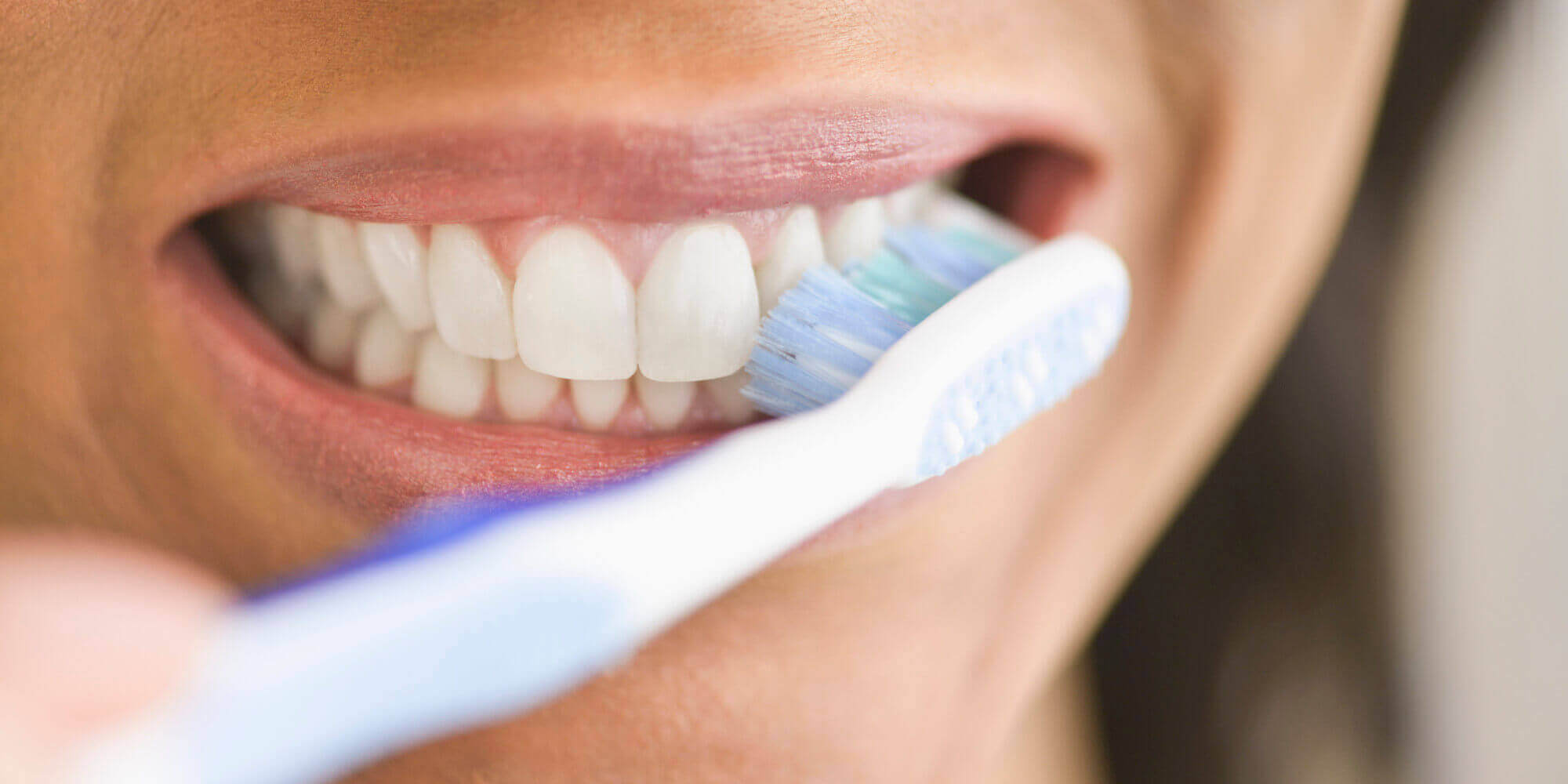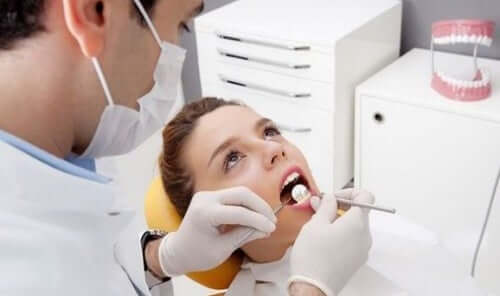Four Ways to Remove Tartar from Your Teeth

Tartar, also called dental calculus, is the calcification or hardening of bacterial plaque on the teeth. Its appearance is very unpleasant. It’s a yellowish, whitish, or slightly brown mass deposited on the tooth enamel where it joins the gums. So, how can we remove tartar?
In addition to being very unsightly and unpleasant, tartar can also cause several dental health problems. One of the best known, and also most feared, is periodontitis or pyorrhea. This causes bleeding, bad breath, cavities, and can even lead to tooth loss.
How to remove tartar: Some tips
The presence of tartar on the teeth can be due to several reasons. Most of the time, it’s caused by poor oral hygiene, but it can also be due to the consumption of certain foods and medications, or even the presence of certain diseases such as diabetes.
Below are four recommendations for fighting tartar.
Toothbrushing

One of the best ways to fight tartar is by removing the plaque daily, in order to prevent it from hardening. In fact, when plaque calcifies, it becomes tartar and is then much more difficult to remove. To prevent this from happening, it’s best to maintain good oral hygiene habits, starting with proper brushing.
Brushing is the basic care we must take to ensure our oral health and, in particular, to fight tartar. The first thing we should do is always brush our teeth after every meal. This cleaning must be regular and deep.
It is important to use an appropriate toothbrush and toothpaste. Specialists recommend a soft-bristled brush because hard bristles could wear away the tooth enamel. As for the toothpaste, it should contain fluoride, as this strengthens the teeth and prevents caries.
You may be interested in: Why Are Sensitive Teeth Prone to Pain?
Flossing
Flossing is an important element of good oral hygiene habits. However, many people either don’t know about it or don’t know how to do it. Flossing helps to remove bacteria and food debris left between the teeth. It also helps prevent the formation of plaque and, in turn, tartar on the teeth.
For flossing to be effective, you should floss at least once a day before sleeping. Ideally, you should do it before brushing your teeth. Flossing should be done gently and delicately between the teeth, to avoid irritating the gum tissues.
It’s important to keep in mind that the section of floss we use must always be clean. If not, then you’ll be transferring bacteria from one area of the mouth to another.
Professional cleaning

In addition to this basic care that we must carry out at home, it’s essential to have a professional clean once or twice a year. Even if we’re very disciplined and careful in our daily cleaning, professional cleaning carried out by a specialist is necessary in order to eliminate the most difficult-to-reach dental plaque.
On the other hand, if our dental hygiene has been poor and we already have tartar on our teeth, then only a deep cleaning carried out in a dental clinic will be able to remove it. There’s nothing we can do at home to remove it. It may even take several visits to the dentist to completely remove the tartar from your teeth if it’s very heavily embedded.
In these cases, the specialist will probably use a technique called tartarctomy. They’ll perform a coronal or radicular scaling in this process. This technique seeks to remove both the visible tartar on the teeth, as well as any that has been deposited on the gums.
You may be interested in: 5 Habits to Help You Take Care of Your Dental Health
Homemade alternatives to remove tartar from teeth
Even though we’ll never be able to fully remove tartar from our teeth at home, there are some homemade solutions that people have used traditionally. These remedies can be used as a supplement, but never as a replacement for the treatment mentioned above.
The goal of these methods is to scrape the teeth to remove the tartar. Among the best-known methods are by using baking soda, sesame seeds, and orange or lemon peels. However, make sure to talk to a dentist before trying them to make sure they are suitable for your teeth.
All cited sources were thoroughly reviewed by our team to ensure their quality, reliability, currency, and validity. The bibliography of this article was considered reliable and of academic or scientific accuracy.
- Dientes.org. 2012. Control de la placa y el sarro. Extraído de: http://dientes.org/wp-content/uploads/2012/12/Control-de-la-placa-y-el-sarro.pdf
- Jovenclub. 2018. Cómo quitar el sarro de forma natural. Extraído de: https://capacitacioncgr.jovenclub.cu/wp-content/uploads/2018/02/C%C3%B3mo-quitar-el-sarro-de-forma-natural.pdf
This text is provided for informational purposes only and does not replace consultation with a professional. If in doubt, consult your specialist.








